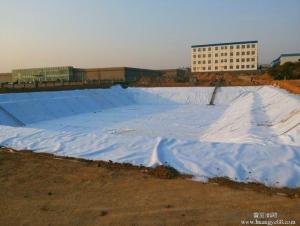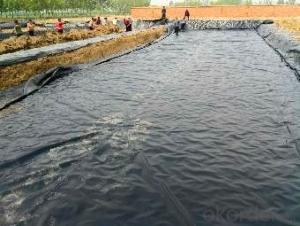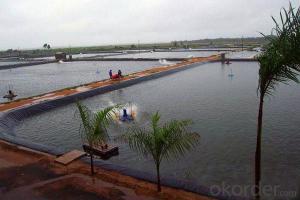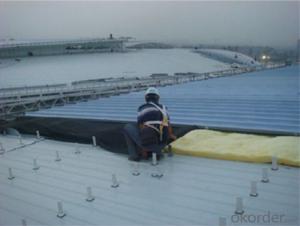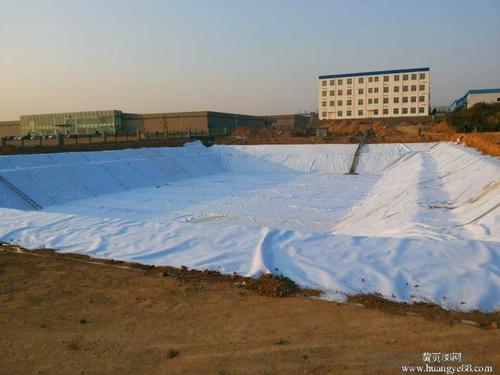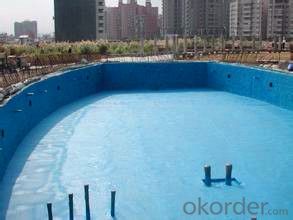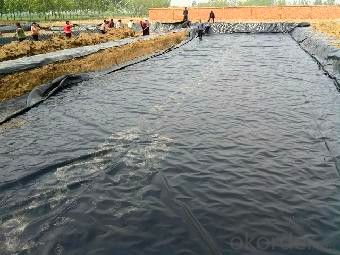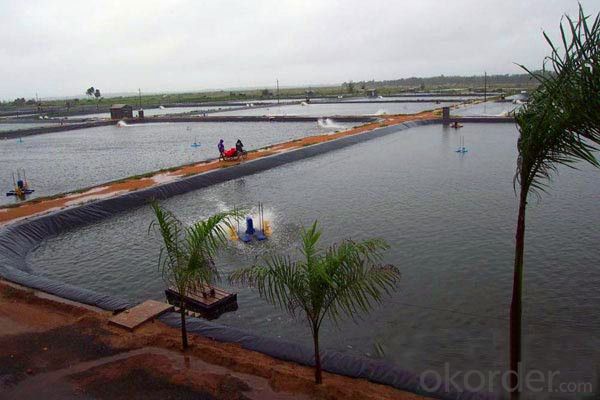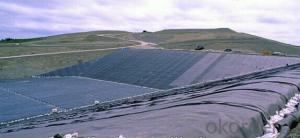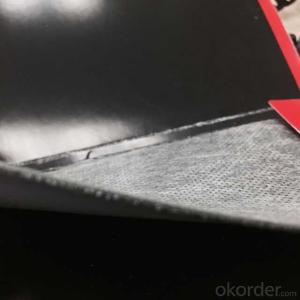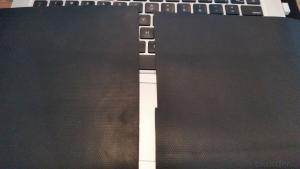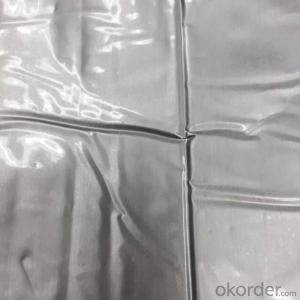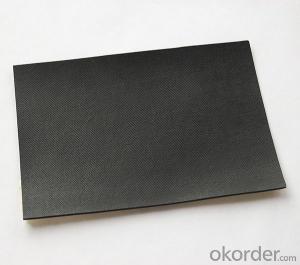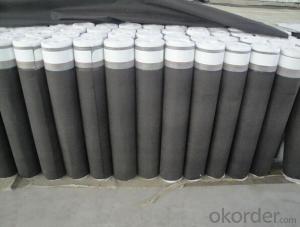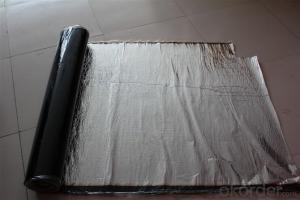1.0mm EPDM Self-adhesion Modified Bitumen Waterproof Membrane
- Loading Port:
- Qingdao
- Payment Terms:
- TT OR LC
- Min Order Qty:
- 10000 m²
- Supply Capability:
- 5000000 m²/month
OKorder Service Pledge
OKorder Financial Service
You Might Also Like
Description Of EPDM Self-adhesion Modified Bitumen Waterproof Membrane:
1. EPDM Self-adhesion Modified Bitumen Waterproof Membrane can only form into a "protective film" in ideal status, thus, commonly seen thorny problem would arise. Any defect in waterproofing layer can lead to fluid-channeling, which could further make larger area of waterproof layer even the whole lose efficacy. Obviously, in terms of waterproofing system, tackling the problem of fluid-channeling is the most convenient and effective way to solve leakage problems
Main Features of EPDM Self-adhesion Modified Bitumen Waterproof Membrane:
1. Self-adhesive without bonding agent and torching
2. With good elasticity and elongation, can be used in -25 degree weather.
3. Easy and safe installation, and won't be effected by the weather, greatly reduce the construction period and the cost.
4. Enviroenment protection product.
5. Corrosion resistance and ageing-resistance
6. Available for wet ground
Specifications of EPDM Self-adhesion Modified Bitumen Waterproof Membrane:
Type | EPDM Waterproof Membrane | |||
Material | EPDM Rubber | |||
Thickness | 1.0mm | 1.2mm | 1.5mm | 2.0mm |
Size | 1.2m(width) * 20m(length)/roll | |||
Type | Vulcanized | |||
Pattern | Non-reinforced(homogeneous) | |||
Packing | 24sqm--80sqm/roll, with plastic bag | |||
Color | Black | |||
Application | Roofs, basement, pond, Lake, steel structure roof, swimming pool, underground, tunnel, etc | |||
Applications of EPDM Self-adhesion Modified Bitumen Waterproof Membrane:
1.Environmental protection, sanitation (such as landfill, waste water treatment, toxic and harmful chemicals disposal sites, storage of dangerous goods , industrial waste, construction and demolition waste, etc.
2. Water ,such as impervious, stop water loss, and reinforcing of lakes, and the impervious, slope protection, etc.
3. Municipal projects (underground subway, engineering underground and reservoirs on the roof, and the park on the roof, the lining in the sewage pipes, etc.)
4. Garden (artificial lakes, ponds, the lining of tank in golf course, slope protection, etc.)
5. Petrochemical(chemical plants, oil refineries, oil tank of fill stations , chemical reactions pound, the lining of settling basin, second lining, etc.)
IMages of EPDM Self-adhesion Modified Bitumen Waterproof Membrane:
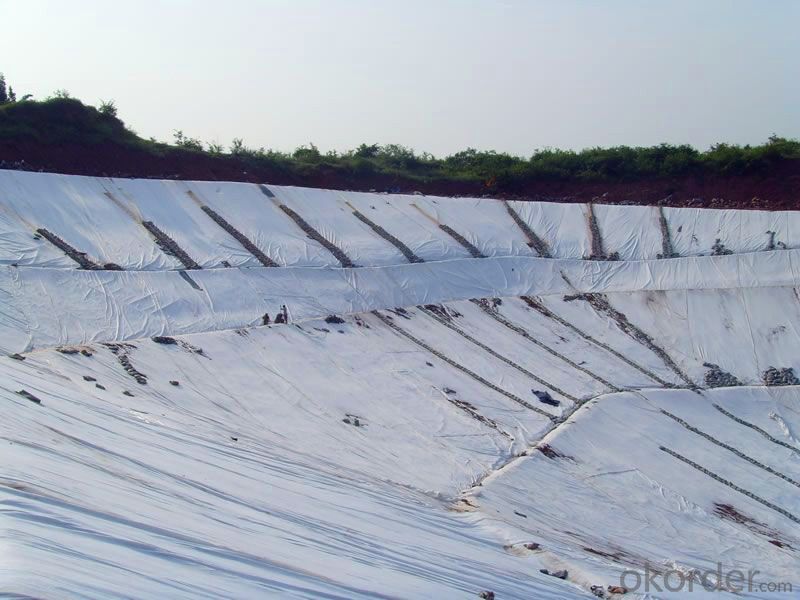
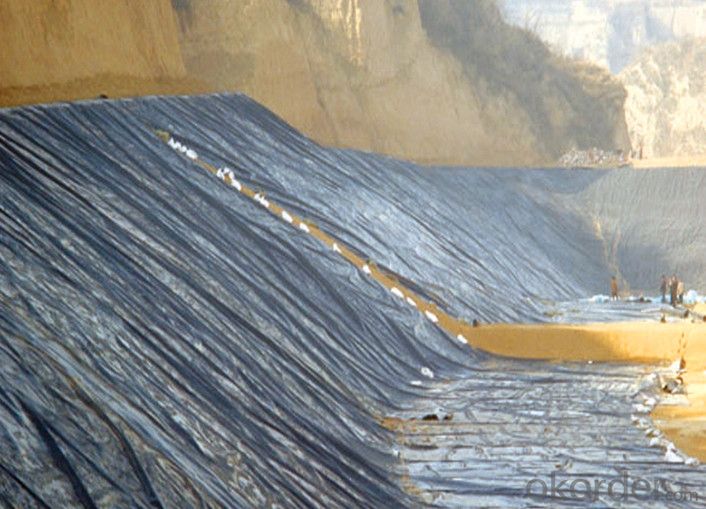
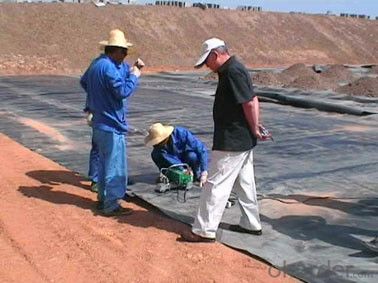
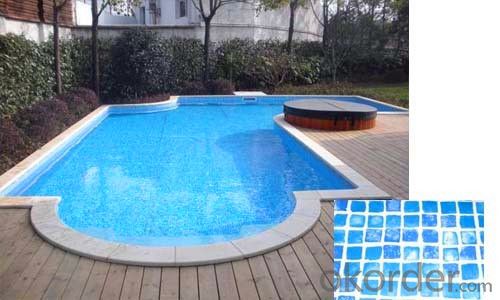
FAQ:
Q1.:What are we supplying?
A1:We are specialized in producing Colorful Asphalt Roof Shingle, SBS/APP modified bitumen waterproof membrane, Self adhesive bitumen waterproof membrane, PVC waterproofing membrane, EPDM rubber roofing membrane, Single Component Polyurethane Waterproof Coating, and Spray Polyurea Waterproof Coating
.
Q2: How Many years experience do we have?
A2:We have exported to more than 20 countries in the last 15 years.
Q3.:Do you provide samples for us?
A3:Yes,We will provide samples for free.Waiting for your your good news.
- Q: Coil waterproof roofing requirements
- 4, the female wall to leave a waterproof membrane head groove, the height of the project after the completion of the requirements of more than 300 flood height, the general height of 400-500 is appropriate.
- Q: It is good for black roof with waterproof paper
- Roof waterproof selection is generally: SBS modified asphalt waterproofing membrane and self-adhesive waterproofing membrane.
- Q: Are waterproofing membranes suitable for exterior use?
- Yes, waterproofing membranes are suitable for exterior use. These membranes are specifically designed to provide a barrier against water penetration and are commonly used in various exterior applications such as rooftops, balconies, and foundations. They are made from durable materials that can withstand exposure to harsh weather conditions, UV rays, and temperature fluctuations. Waterproofing membranes help to prevent water damage, moisture buildup, and potential structural issues caused by water infiltration. Additionally, they can be applied to different types of surfaces including concrete, metal, and wood, making them versatile for various outdoor environments. Overall, waterproofing membranes are a reliable solution for protecting exterior surfaces from water damage and prolonging their lifespan.
- Q: Are waterproofing membranes resistant to algae growth?
- Yes, waterproofing membranes are generally resistant to algae growth. Waterproofing membranes are designed to be highly durable and resistant to various environmental factors, including the growth of algae. They are typically made of materials such as PVC, TPO, or EPDM that are inherently resistant to algae and other microbial growth. Additionally, waterproofing membranes are often treated with anti-algae and anti-fungal agents during their manufacturing process to further enhance their resistance to algae growth. However, it is important to note that while waterproofing membranes are resistant to algae growth, they may still require regular cleaning and maintenance to ensure their long-term performance and prevent any potential build-up of dirt or debris that could potentially provide a favorable environment for algae to grow.
- Q: Can a waterproofing membrane be used for seawalls or bulkheads?
- Seawalls or bulkheads can benefit from the use of a waterproofing membrane. These membranes are specifically designed to create a barrier against water, and they can be applied to various structures, including seawalls and bulkheads. The materials used for these membranes, such as bitumen, rubber, PVC, or polyurethane, are known for their excellent resistance to water and their ability to maintain the integrity of the wall or bulkhead. By applying the membrane to the surface of the structure, a continuous and durable waterproof layer is formed, effectively preventing water from seeping through. This protective layer helps safeguard the seawall or bulkhead from erosion, corrosion, and other types of damage caused by exposure to seawater. Moreover, waterproofing membranes offer additional advantages, including increased durability, improved aesthetics, and enhanced resistance to UV rays and chemicals. In conclusion, the use of a waterproofing membrane is a reliable solution for ensuring the long-term performance and durability of seawalls and bulkheads in marine environments.
- Q: What are the requirements for frost resistance of basement floor polymer waterproofing membranes?
- Sbs elastomer modified asphalt membrane is -25 degrees,
- Q: How does a waterproofing membrane handle extreme temperature fluctuations?
- To withstand extreme temperature fluctuations, a waterproofing membrane is crafted with resistance to temperature changes. Typically, it is composed of materials that possess a high tolerance for both hot and cold temperatures. The selection of these materials is based on their capability to expand and contract without compromising their integrity or effectiveness. In hot weather, the waterproofing membrane undergoes slight expansion to accommodate the rise in temperature. This expansion serves to prevent the formation of cracks or gaps that may allow water to infiltrate the membrane. Similarly, in cold weather, the membrane contracts to prevent damage caused by freezing temperatures. The ability of a waterproofing membrane to handle extreme temperature fluctuations is also achieved through its installation process. Usually, the membrane is applied in multiple layers, creating a seamless and flexible barrier. This layered application enables the membrane to endure the strains caused by temperature changes while upholding its protective properties. Furthermore, certain waterproofing membranes are equipped with special additives or reinforcements that enhance their capacity to handle extreme temperature fluctuations. These additives provide additional strength and flexibility, ensuring the membrane remains intact and functional even in the face of severe temperature changes. Ultimately, a properly installed and maintained waterproofing membrane is intended to handle extreme temperature fluctuations by expanding and contracting, maintaining its integrity, and delivering a consistent barrier against water intrusion.
- Q: Can a waterproofing membrane be installed in areas with high humidity?
- Yes, a waterproofing membrane can be installed in areas with high humidity. In fact, high humidity can be a contributing factor to the need for waterproofing as it can lead to moisture buildup and potential water damage. Waterproofing membranes are designed to create a barrier against water penetration, regardless of the humidity levels in the area. However, it is important to ensure that the membrane is properly installed and sealed to prevent any moisture from seeping through. Additionally, it may be necessary to take extra precautions in areas with high humidity, such as using a moisture barrier or dehumidifiers, to further protect against potential water damage.
- Q: Are waterproofing membranes resistant to hydrocarbons?
- Yes, waterproofing membranes are generally resistant to hydrocarbons. Waterproofing membranes are designed to provide a barrier against water penetration and are often made from materials such as bitumen, PVC, TPO, or EPDM. These materials have inherent resistance to hydrocarbons and can withstand exposure to various types of hydrocarbon-based substances such as oil, gasoline, diesel, and other petroleum-based products. This resistance ensures that the waterproofing membrane remains intact and effective in preventing water infiltration even when exposed to hydrocarbons. However, it is important to note that the specific resistance of a waterproofing membrane to hydrocarbons may vary depending on the material used and its quality. Therefore, it is always recommended to consult the manufacturer's specifications and guidelines to ensure the appropriate selection and installation of a waterproofing membrane for specific hydrocarbon-resistant requirements.
- Q: Can a waterproofing membrane be applied in cold weather conditions?
- Yes, a waterproofing membrane can be applied in cold weather conditions. However, it is important to note that the specific temperature range in which it can be applied may vary depending on the product and manufacturer guidelines. Some waterproofing membranes are designed to withstand cold temperatures and can be applied as low as -20 degrees Celsius (-4 degrees Fahrenheit), while others may have a higher minimum application temperature. It is crucial to follow the instructions provided by the manufacturer and ensure that the surface is properly prepared and free from any ice, snow, or moisture. Additionally, it is recommended to consult with a professional contractor who has experience working with waterproofing membranes in cold weather conditions to ensure the best results.
Send your message to us
1.0mm EPDM Self-adhesion Modified Bitumen Waterproof Membrane
- Loading Port:
- Qingdao
- Payment Terms:
- TT OR LC
- Min Order Qty:
- 10000 m²
- Supply Capability:
- 5000000 m²/month
OKorder Service Pledge
OKorder Financial Service
Similar products
Hot products
Hot Searches
Related keywords
